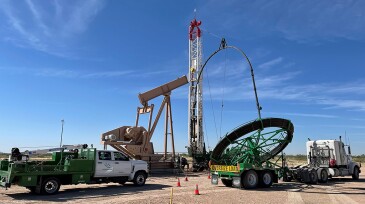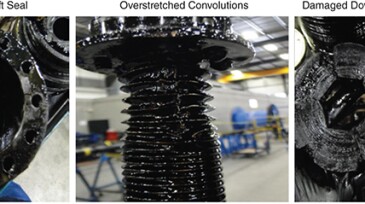Artificial lift
In the wake of the falling number of exploratory wells in the country, Brazil-owned Petrobras addressed audience concerns as well as outlined new avenues for production at the Offshore Technology Conference.
Three case studies consider the gas-related reasons electrical submersible pumps fail in unconventional shale environments.
Whether it’s reviving inactive gas-condensate wells or identifying overlooked reserves in brownfields, operators are making the most of older wells and fields.
-
The authors describe implementation of permanent-magnet-motor technology in different artificial lift systems that has resulted in power savings of more than 15% and lifting-cost optimization.
-
SponsoredEach well drilled, stimulated, and completed represents a significant investment in time, resources, and expenses. From artificial lift system design to maintenance scheduling, maximize your investment by ensuring optimal flow and production throughout the life cycle.
-
A pair of innovative field development strategies are helping tame the wild, wild Permian Basin.
-
Makers of continuous sucker rods are out to convince customers that it really is possible to make a better sucker rod that could save them some money.
-
In this second part of a two-part series on advances in artificial lift, we’ll look at the state of optimization and a trio of techniques and technologies under development or new to the market. Look for quarterly reviews of specific types of lift in upcoming issues in the new year.
-
The 2-day conference features over 150 speakers from more than 30 countries.
-
In this first part of a two-part series, we look at how the artificial-lift sector has adapted to producing unconventional resources. The second part of the series to publish in November will crack open the lift toolbox to take a deeper look at the techniques and technologies under development or new to the market.
-
The paper presents successful field tests designed to decrease electrical-submersible-pump cooling rates by inducing controlled deadheads rather than shutting down the pumps.
-
The authors of this paper develop a model that can predict well-risk level and provide a method to convert associated failure risk of each element in the well envelope into a tangible value.
-
The paper presents results of single-phase and multiphase electrical-submersible-pump tests as well as operation data, lessons learned, and failure examples gathered over 10 years of operation in a highly viscous offshore oilfield.













